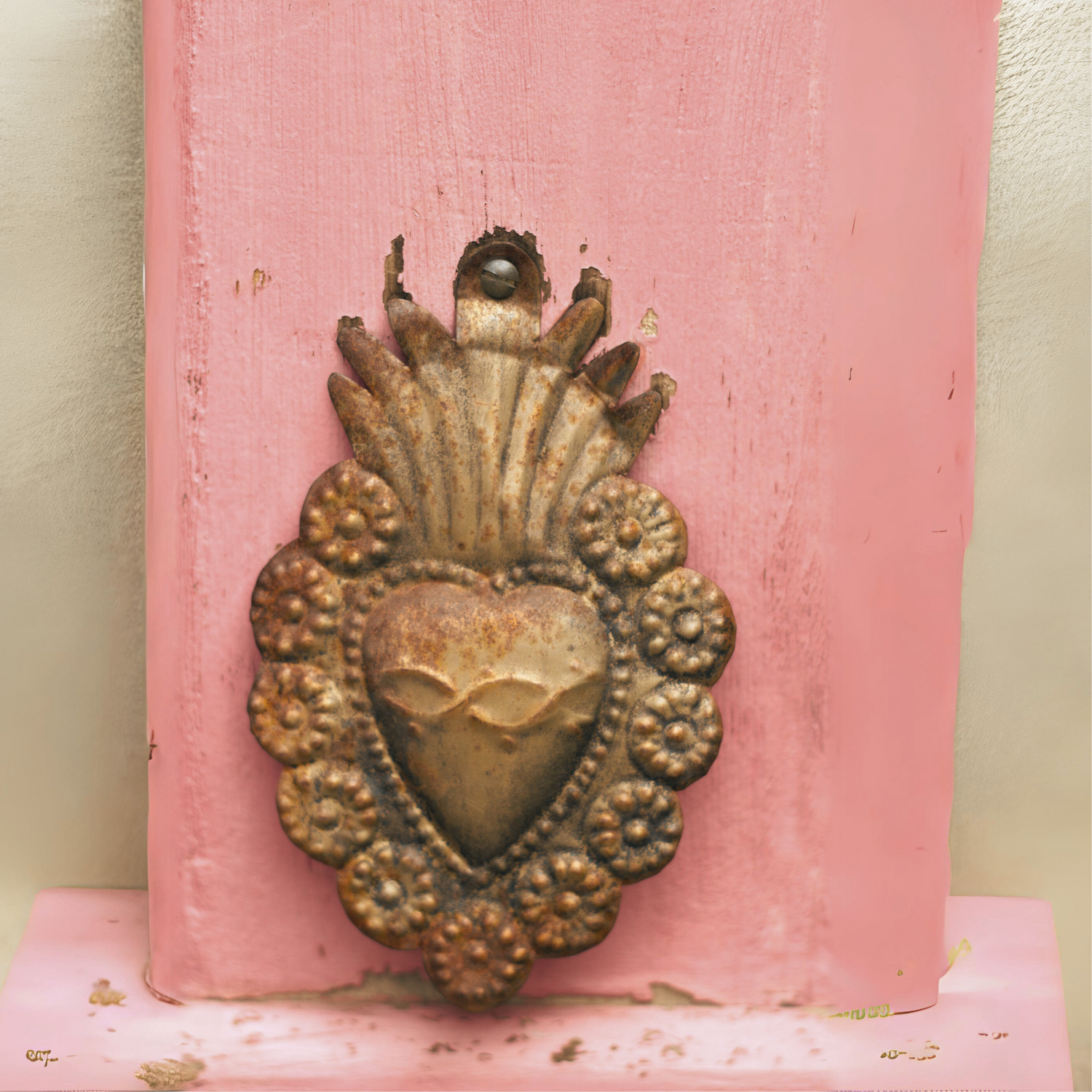Symbolism

A powerful representation of love
The origins of the symbol may be shrouded in mystery, but its meaning has transformed throughout history and will continue to evolve.
The heart symbol holds significance in various cultures - from ancient Egypt, where it was regarded as the essence of the soul, to classical Greece and Rome, where it represented the core of human emotions.
In Chinese tradition, the heart is pivotal to both physical and emotional well-being. Similarly, in Indian tradition, the heart chakra, known as Anahata, is one of the body's seven primary energy centers, linked with love, compassion, and forgiveness.
In Christianity, the Sacred Heart represents Jesus' divine love for humanity. The heart symbol is interpreted in various ways across different cultures.
The term 'broken heart' universally signifies loss and grief, or the sorrow of unrequited love.
Cupid is a well-known Roman god of love, and over time, his imagery has become synonymous with Valentine's Day.
Heart symbolism is rich and diverse
-

The Heart's Gift - Affection
Commonly linked with love, romance, and affection, it serves to convey emotions in personal relationships and wider contexts, such as emojis on social media.
-

The Heart's Union - Love
The heart symbol signifies unity and connection, emphasising the bonds shared among people. It is frequently used celebrate friendships and family.
-

The Heart's Flame - Passion
The heart symbol can also represent a dynamic energy that drives love, creativity, and commitment.



